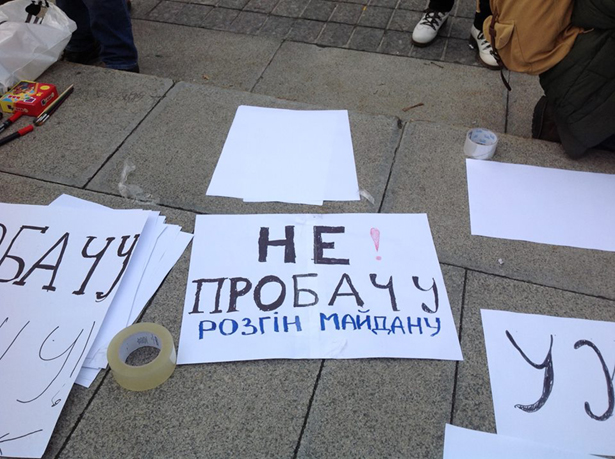Shortly before the 2010 presidential election average salaries in Belarus were increased by the government to $500 per month. It is believed to be one of the main reasons for the crisis in 2011.[14] Other reasons for the crisis were strong governmental control in the economy, a discount rate lower than inflation and the budget deficit.[15]
In January 2011 Belarusians started to convert their savings from belarusian rubles to dollars and euro. The situation was influenced by rumors of possible devaluation of the ruble.[16] Exchange rates in Belarus are centralized by the government-controlled National Bank of Belarus.[17] The National Bank was forced to spend $1 billion of the foreign reserves to balance the supply and demand of currency[16] On March 22 it stopped the support to banks.[16] The National Bank also didn't change the exchange rate significantly (3,000 BYR per dollar on January 1 and 3,045 BYR on April 1), so the increased demand of dollars and euro exhausted cash reserves of banks. In April and May 2011 many people had to wait for several days in queues to buy dollars in the exchange booths.[17] In April Belarusian banks were given informal permission of government to increase the exchange rate to 4,000 BYR for 1 dollar (later 4,500 BYR), but few people started to sell dollars and euro. On May 24 the ruble was officially devaluated by 36% (from 3,155 to 4,931 BYR per 1 dollar).[18] But the shortage of the currency retained. As a result of the shortage, a black market of currency was created. In July 2011 the black market exchange rate was nearly 6,350 BYR per 1 dollar,[19] in August it reached 9,000 BYR per 1 dollar.[20]
In September 2011 National Bank of Belarus introduced a free exchange market session to determine a market value of the ruble.[21] From November 2011 to March 2012 the exchange rate was 8,000—8,150 BYR per 1 dollar, but it started to rise in April 2012 and reached 8,360 BYR per 1 dollar on 10 July 2012.[22]
Originally Posted by Eric C.



 16Likes
16Likes LinkBack URL
LinkBack URL About LinkBacks
About LinkBacks






 Reply With Quote
Reply With Quote Thanks for clarifying that, "Eric".
Thanks for clarifying that, "Eric".




